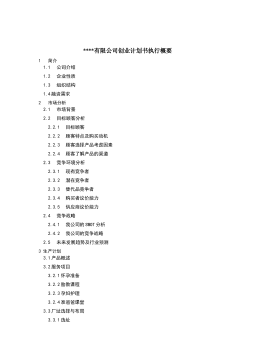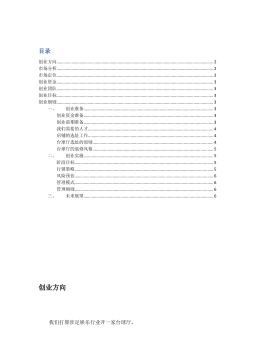计算全息FPGA硬件实现研究
摘要计算全息技术是建立在数字计算与现代光学基础上的一种新的制作全息图的技术,广泛应用于激光扫描器、全息光学元件、象差校正、数据存储和干涉测量等工作,因而计算全息技术的研究越来越受到重视。计算全息图的运算速度是制约其发展的一大难题,一般通过逐点计算的方法来获取全息图上取样点的数据,这种方法计算速度慢,计算量大,消耗时间长,不利于计算全息图的实用化,因此提高计算全息图的运算速度成为迫切需要。鉴于FPGA技术的并行处理优势,基于FPGA的硬件加速方法成为一种探索方向。本文提出了一种基于FPGA的计算全息图生成方法,通过分析菲涅尔全息图的数学模型,运用循环迭代的方法简化计算过程,减少了全息图的运算量。...
相关推荐
-
我国基层财政困难的制度成因分析与对策研究VIP免费
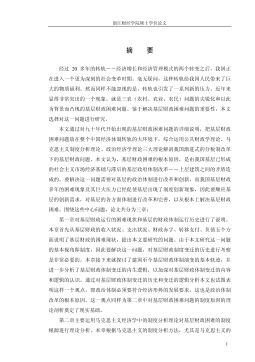
 2024-09-20 33
2024-09-20 33 -
我国煤电产业链纵向交易合约机制研究VIP免费
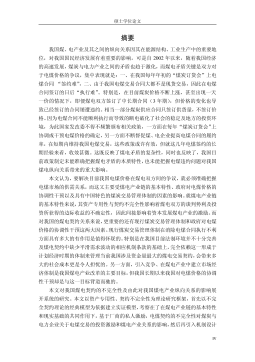
 2024-09-20 28
2024-09-20 28 -
生产要素视角下的上海市产业结构优化研究VIP免费
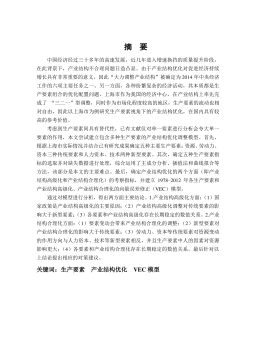
 2025-01-09 7
2025-01-09 7 -
我国银行业结构与经济结构关系研究VIP免费
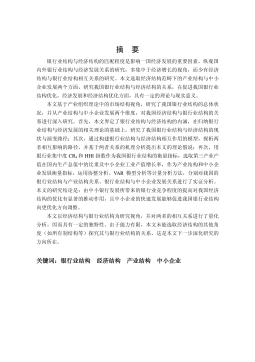
 2025-01-09 7
2025-01-09 7 -
大数据视角下农业供应链金融研究VIP免费

 2025-01-09 6
2025-01-09 6 -
跨国大型综合超市的规划研究VIP免费
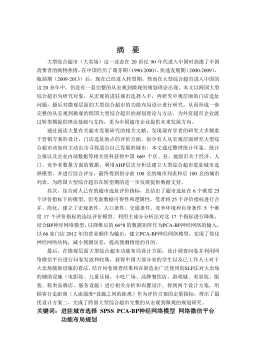
 2025-01-09 6
2025-01-09 6 -
跨境电商农产品质量安全问题研究VIP免费
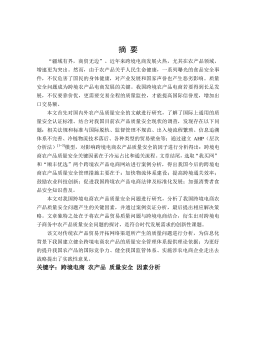
 2025-01-09 7
2025-01-09 7 -
世界市场的虚拟化与我国国际电子商务发展方向研究VIP免费
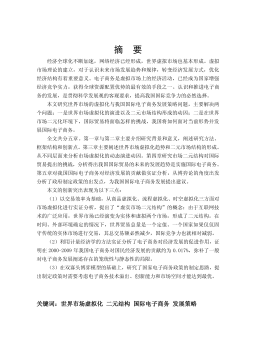
 2025-01-09 9
2025-01-09 9 -
中国政府对电力行业的价格规制问题研究VIP免费
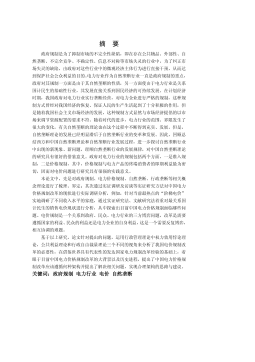
 2025-01-09 14
2025-01-09 14 -
中小企业信息化系统集成技术研究VIP免费
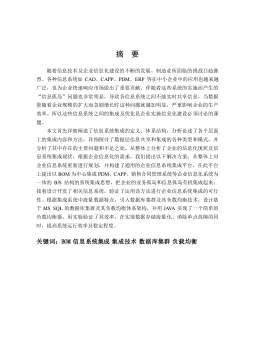
 2025-01-09 14
2025-01-09 14
相关内容
-

跨国大型综合超市的规划研究
分类:高等教育资料
时间:2025-01-09
标签:无
格式:PDF
价格:15 积分
-

跨境电商农产品质量安全问题研究
分类:高等教育资料
时间:2025-01-09
标签:无
格式:PDF
价格:15 积分
-

世界市场的虚拟化与我国国际电子商务发展方向研究
分类:高等教育资料
时间:2025-01-09
标签:无
格式:PDF
价格:15 积分
-

中国政府对电力行业的价格规制问题研究
分类:高等教育资料
时间:2025-01-09
标签:无
格式:PDF
价格:15 积分
-

中小企业信息化系统集成技术研究
分类:高等教育资料
时间:2025-01-09
标签:无
格式:PDF
价格:15 积分


